Atopia: Soundings from Non-places
Daniel Barbiero
March 2017
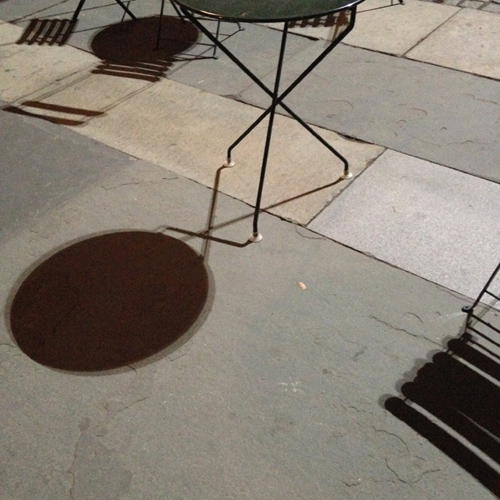
If Utopia is an ideal place that doesn’t exist—a perfect place that is nowhere except in the imagination—Atopia is a place that does exist, albeit as a non-place. A nowhere that is here.
“Atopia” is a term borrowed from philosopher Franco Rella, who suggested that the modern urban landscape is a kind of place that lacks a sense of specific place—something similar to what Marc Augé has called a “non-place.” Atopias are predominantly public places. Or rather public places—certain types of them at any rate—are predominantly atopias.
Certain public spaces—the shopping mall, the interstate highway, the airport terminal and train station, the café, concert hall or cinema, the department store and supermarket— are places whose only interest to us is their use for us. There is no question of inhabiting them; we simply pass through them. They are places to be gotten through and gotten through with; places that generally leave no lasting mark on us after we’ve done with them. This would seem to be as true of places for entertainment—the amusement parks, movie theaters and the like—as it is of places in which our interest is of a more pragmatic cast. What these disparate kinds of places have in common is that they always present the possibility of use; the atopia, the non-place, is a means in potentia. To enter into one is to enter into a dynamic in which the atopia offers itself as an instrumentality or a kind of equipment.
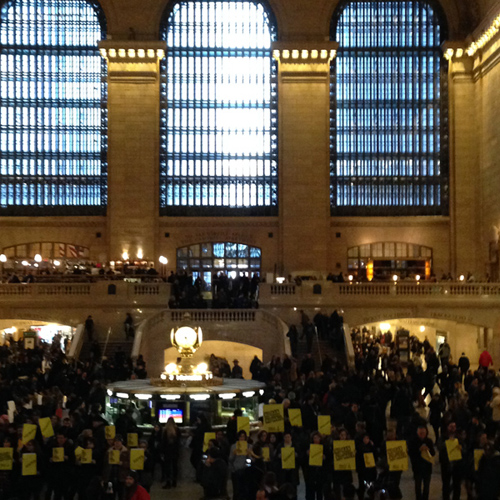
The public place, to the degree that it is an atopia or non-place, is thus for all practical purposes an instrument or utility, something that has meaning in relation to the uses to which it can be put. It is in other words a means toward an end; its function is instrumental. We may not like them, we may find them only tolerable or be indifferent to them, but these atopias are a necessity the way a tool is a necessity given a certain job to be done. A tool to be pushed aside or perhaps handed over to someone else when we’ve finished with it.
What makes an atopia a non-place is not any lack of physical existence. Nor is its placelessness anything reducible to its physical location or particular architecture—the material facts of the place. Instead, placelessness inheres in the relationships an atopia’s material facts have to the people who encounter them and move through them.
Thus place isn’t just a location or physically defined area. It’s also our way of existing in relation to something. To find one’s place; to be in place; to take one’s place—in other words, to find where one properly fits in; to assume an assigned function; to be ready to undertake some task given; to take the position that is properly one’s own. In all of these meanings the common denominator is the sense of situating oneself, whether in a group or an undertaking. One’s place is where one is at home (and we call our home “my place”). Place is something properly ours. Otherwise we are out of place, displaced.
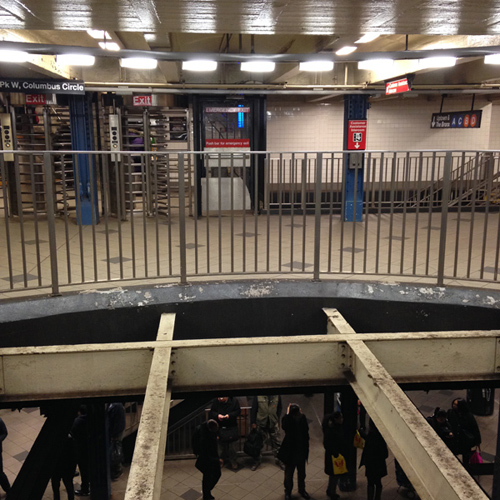
If meaning is the value that attaches to a thing, place, or even another person in relation to a goal or project that thing, place or person offers a means of attaining, then atopias, as instrumental spaces, are nothing if not receptacles of meaning. There is a historical dimension to this in that over time an atopia becomes the site of an accretion of meanings, mostly transient and easily forgotten once their use is done. (And it is this effortless forgetting that gives these non-places a pathos one wouldn’t think such anonymous, public places could have.)
The meanings that accrue are our own and those of others to whom we may bear no relation or to whom we are related through a mutual indifference. A kind of non-relation in a non-place.
These non-places show evidence of a history of use, as they play a role in the commitments and projects of people—anonymous people to us here and now—who came before us. Their accrued meanings just are that history of use. We can find in them a complex and highly dynamic—if not to say unstable–interplay of appropriation and alienation. We appropriate the non-place, using it for our purposes and hence having it take on a meaning for us. At the same time this meaning is alienated to the extent that the non-place is just that—a non-place whose transient users are indifferent to the meaning the non-place has for us. Through this interplay of appropriation and alienation the meaning of the public space is constantly being remade. As a built environment, the public space is designated as having a use for us, as having a potential role to play in the uses we and others can make of it whether as facilitating or impeding our activity, or even standing by neutrally.
Our appropriation of the atopia and what it has to offer just is our use of it as a means to attain some goal or realize some project. Through appropriation of the atopia—through grasping it as a set of possibilities that are my possibilities—my own projects and preoccupations are framed and realized (or frustrated). But my use is also alienated to the extent that I use it in the mode of anonymity. From the point of view of the public space or non-place I am not myself as such; I’m just anybody. To the extent that we become—for the moment at any rate—just another user or passer-through, we are refused as concrete individuals and become something like interchangeable ciphers. This kind of alienation is, in a sense, the non-place’s price of admission. But the relationship between alienation and appropriation is reciprocal and complex. Much like the experience of being in an atopia.
These atopias are both welcoming and forbidding. As public places for us to occupy and use, they make themselves available to us. At the same time they deny themselves to us by not being ours. It is from this denial that we get the feeling of being out of place or—and this is virtually the same thing–of being in a place that isn’t our place. We are in a sense interchangeable with the other people passing through the space; from its point of view there is no difference among us. Consequently, the distinguishing characteristic of the non-place is its neutrality. It takes no sides, as it were, offering itself indiscriminately to any potential user. Public space is in this sense the dwelling place of anonymity; we become anonymous to the extent that we find ourselves within it and for as long as we do. Anonymity just is one way we experience being out of place.
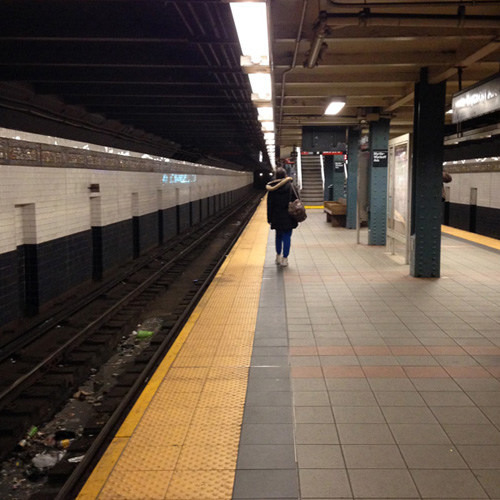
Anonymity in a non-place carries with it the sense of being outside of oneself, of being all surface. When one is out in public, space seems to withdraw around one, leaving one exposed. There is only the look of strangers, with no intervening barriers to block its free play. For that reason, the way we present ourselves in public often takes the form of a hardened surface which acts as a barrier in the absence of physical barriers. The image we project is something like a threshold that isn’t meant to be crossed. We may be open to others’ looks but we can endeavor to stop them at the surface, at a point of our choosing.
In public space one more often than not is apprehended by strangers as pure presence—as an object more or less inert in its presence, which is to say without reference to its possibilities. One just “is there” as a thing complete in its opacity, without possibilities or potentials to realize, without being in motion toward an aim or desired future state. In other words, not as a finite yet dynamic complex of projects and preoccupations reaching toward an open—because as yet undetermined—future. Instead, the play of the surface, which is all that strangers often really see of us in public, is the play of a mute presence.
(Naturally this brings to mind the Cynics of antiquity. Following Diogenes of Sinope, these itinerant philosophers lived outdoors, making their homes in a condition of homelessness in public spaces. The Cynics inverted the relationship between private and public, negating the private by turning it inside out and making it into something like a public exhibit. The problem of dis-placement doesn’t go away so much as it is itself displaced through a kind of proto-performance art involving a reversal of norms.)
In sum, the realm of the atopia or non-place is the realm of anonymity; it is the world as both appropriated and alienated, the world as being there for others to the same extent that it is there for us. It is a place for the play of surfaces, for indifference. We are indifferent to it and it is seemingly indifferent to us—its meanings and equipment are there, as available to us as to anyone else. Nevertheless, these non-places can also provide an opening to an unexpected beauty. Think of Pierre Bezukhov’s meeting the Freemason Osip Alexeevich Bazdeev at the Torzhok post station, or the encounter with the extraordinary that the Surrealists hoped to find in the Paris arcades—themselves exemplary non-places. For all its instrumentality, for all its indifference, the atopia may well be the nexus of serendipity; there’s no reason something beautiful or moving isn’t to be found there. It may only be a matter of looking—or listening.
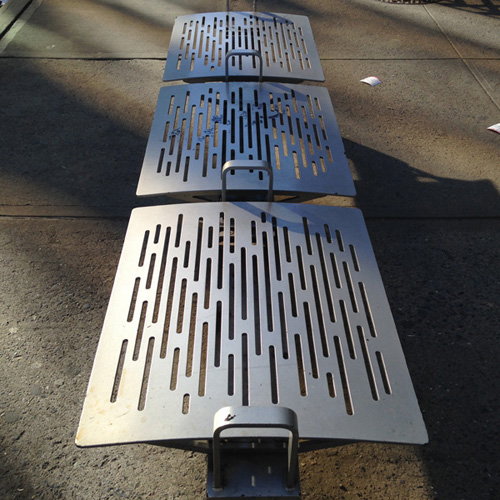
Images courtesy: Randee Silv
